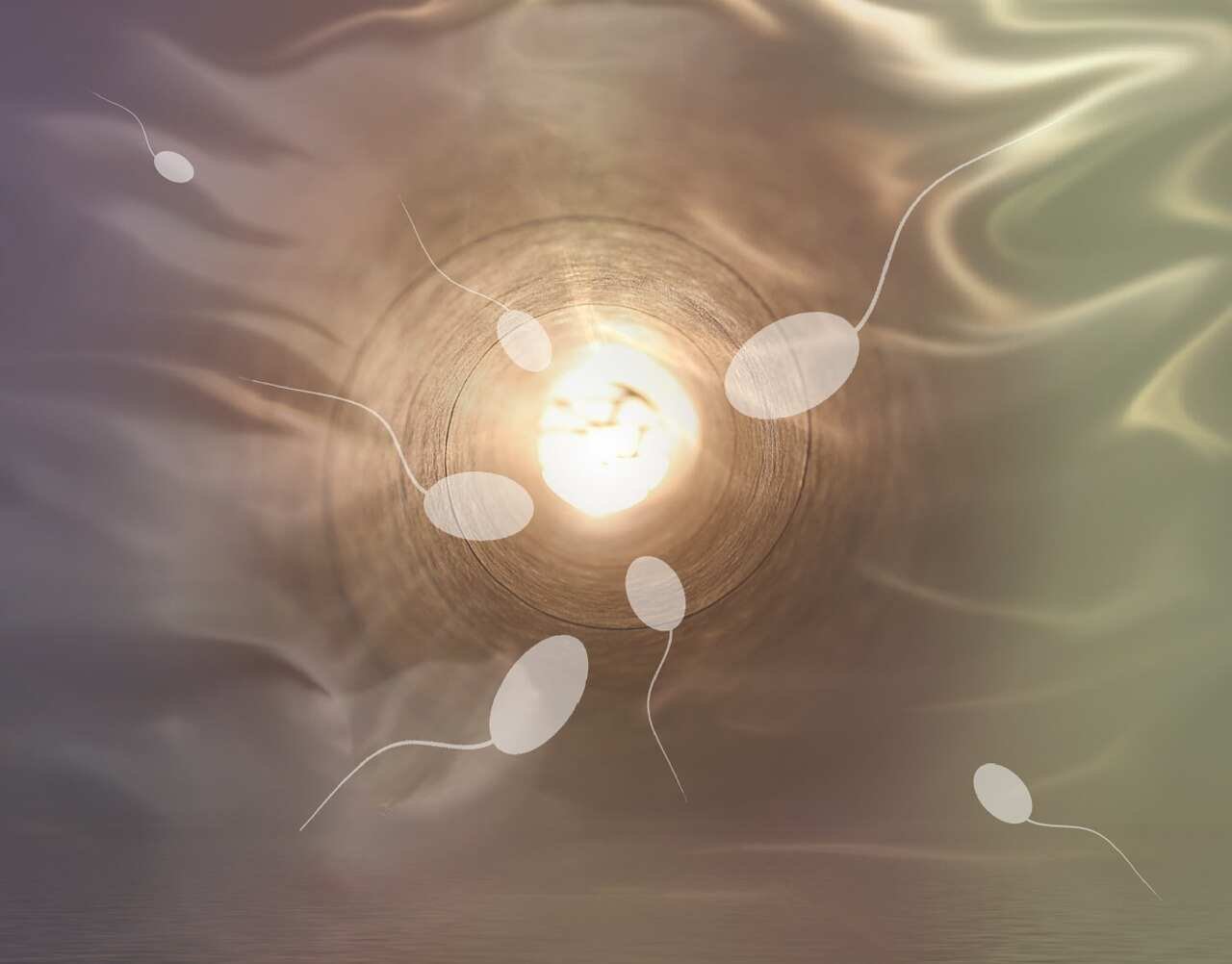Global Orgasm Day
The Global Orgasm Day was initiated in 2006 by two Americans who, believing that sexual pleasure can make everyone happier thanks to the positive thoughts it generates, branded orgasm as an antidote to violence in the world.
World Orgasm Day, but what for?
This World Orgasm Day has a bit of a new age look to you. Making love is not war, they cried in May 1968, at the height of the hippie movement, when girls wore long floral skirts over loose, transparent tunics. How many couples, for example, have an orgasm at this exact moment?
Donna Sheehan and Paul Reffell, two well-intentioned pacifists, left no chance, choosing in 2006 to place their day on December 21 (or December 22) where in the Northern Hemisphere, the nights are beginning to shorten leaving the days leading up to lighter. Does this mean that the southern hemisphere, where at the same time we plunge into a gentle descent, or even the equatorial regions, where night and day are very identical throughout the year, are the forgotten orgasm theory?
There are still academics, Americans, from the prestigious Princeton University, for associating them with their research around the Noosphere (the field of human thought and its interactions with other elements), a word that refers to us at the turn of the 19th to the 20th century, for thinkers who very Christian, as it was discovered by Vladimir Ivanovitch Vernadski, a Russian physicist and chemist, inspired by spirituality, who sought to combine matter and spirit, and by Pierre Teilhard de Chardin, also a geologist but above all a Jesuit priest and philosopher.
Read also: Sexual Fetish Names | Paraphilia (Sexual Disorder), Clinical Names and Examples
Scientific orgasm
There are still academics, Americans, from the prestigious Princeton University, for associating them with their research around the Noosphere (the field of human thought and its interactions with other elements), a word that refers to us at the turn of the 19th to the 20th century, for thinkers who very Christian, as it was discovered by Vladimir Ivanovitch Vernadski, a Russian physicist and chemist, inspired by spirituality, who sought to combine matter and spirit, and by Pierre Teilhard de Chardin, also a geologist but above all a Jesuit priest . and philosopher.
Orgasm generally results from a succession of regular stimulations performed on the main erogenous zones of the human body:
- penis, testicles, prostate in men;
- clitoris, vagina, labia majora and labia minora, even cervix4 in women;
- buttocks, breasts, anus, navel, armpits, etc. for both sexes.
To the physical factors are added a multiplicity of psychological factors which are not yet fully identified by the scientific community. These factors are sometimes sufficient. An erotic dream can cause an orgasm independent of any physical stimulation. Conversely, an unfavorable psychological context does not prevent the emergence of a physical, strictly mechanical orgasm.
Most research conducted on the psychology of orgasm focuses on the female orgasm. They admit more or less explicitly the hypothesis of a female orgasm that is more introverted and more complex than the male orgasm. Comparative neurological analyzes of the reactions of the two sexes now tend to invalidate this hypothesis, which is increasingly attributed to certain prior social prejudices.
In the 1950s, it was Czechoslovak sexologists who began research on the female orgasm: “They focused on the importance of equality between men and women as a main component of female pleasure. Some even defended the idea that men should share the household and the education of the children, otherwise there could be no quality sex. According to a sociological study cited by the New York Times on the sexual experience of East and West German women after reunification, East German women had significantly more orgasms than women. West Germans, which would be linked to their more equal status in society.
Global orgasm day for peace or marketing?
If its creation was originally aimed at a global alliance for peace in the world, today Orgasm Day is aimed at free speech and is an opportunity to raise public awareness about dysorgasmia and anorgasmia, which affect a large proportion of the population…women.
Some are preparing to read these words to make sexist comments. No, women are no cooler than men. No, men’s appearance is not (always) in question. This phenomenon will come, in addition to the high mental burden and daily stress, from a lack of self-love, which the female sex struggles to authorize and assume!
World Orgasm Day, much touted? Maybe, but if it allows some people to talk about sex without taboos and rethink the way they practice love alone or in pairs, then let’s salute the effort to save humanity through fun!
Sources: PinterPandai, Students for Humanity, Firstpost
Photo credit: sciencefreak via Pixabay



